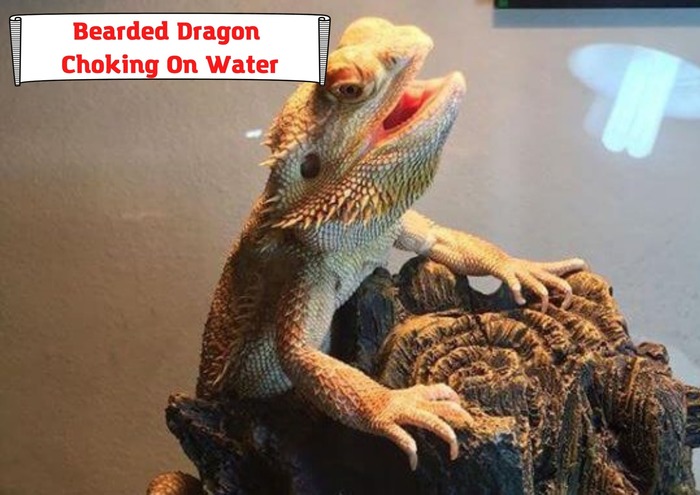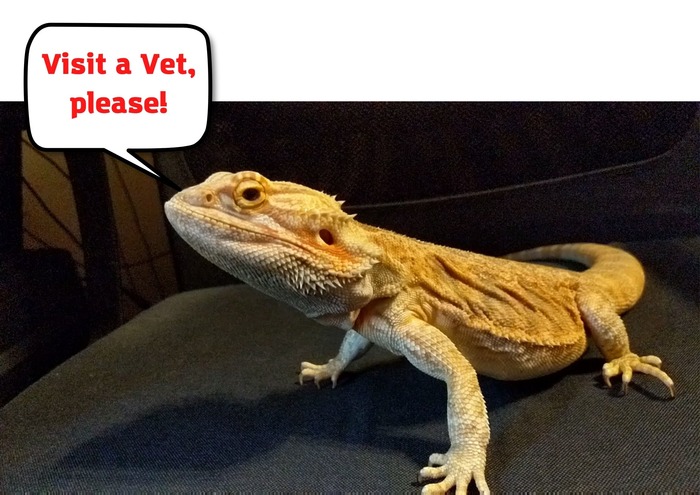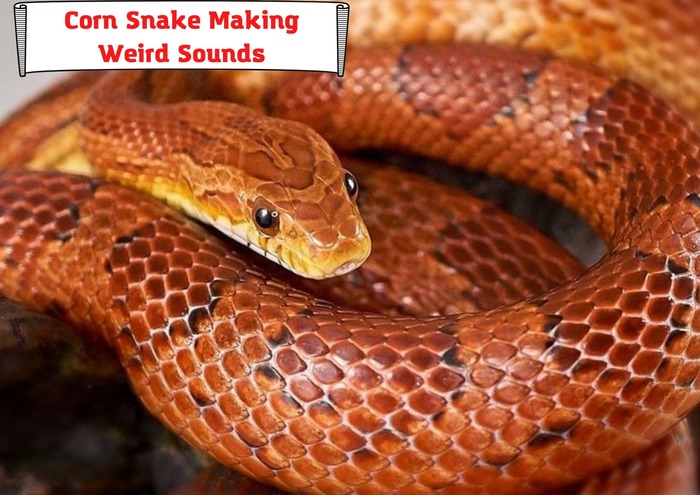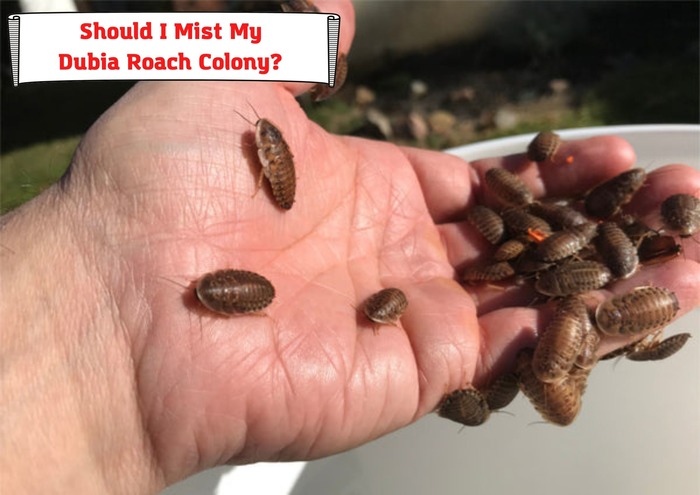
When you’re the keeper of a pet, you genuinely want your pet to stay as blissfully happy as it can. As a pet owner of your bearded dragon, you wouldn’t want them to get sick. Your priority would be assuring everything around your pet dragon is perfect for their stay.
There are, however, several requirements you would need to cater to and a list of illnesses and indications you need to be wary of.
Because sometimes, you can find yourself in unwanted situations because of your pet dragon, where their color has changed into black, and they can no longer breathe.
Yes, you can even find yourself in a situation where your bearded dragon is choking on water. So, before you start worrying— rightly— on why they’re choking and what you can do about it, read this article to find out your answers!
Water and Health: what’s the connection?
Frequently, bearded dragon pet owners find their dragon breathing heavily, choking on their breaths, or vomiting after they’ve eaten. There are many causes, and it can, at worst, be life-threatening for the bearded dragon if not treated immediately. Choking on water could be a part of this cause, or it could just be a result.
Has Your Bearded Dragon Drunk too much Water?
You’ve heard about bearded dragons choking on food or breathing heavily due to indigestion, but have you heard of them drooling or choking on water? Bearded dragons, generally, do not require much water intake. Sometimes, these dragons discharge the extra water intake by pouring it out of their system.
If there are no other signs, your bearded dragon is okay, and there is nothing to worry about.
Temperature Management
If you find your bearded dragon having difficulty breathing as they drool or choke, then your dragon has probably reached the max of their thermal capacity. In short, it is a way for your bearded dragon to regulate their body heat and manage their temperature, naturally, as they don’t sweat.
This act is often called gaping because the bearded dragon breathes with its mouth open. However, it is not problematic as long as it does not occur with any other symptoms.
Thirst or Jarred Movements
Bearded dragons don’t need much water intake. However, they do need water for a few hours a day in their tank.
Sometimes, drinking too much water after a sprint of exercise can also cause the dragon to breathe as if they were choking. Often, these pets get an extra dose of water from their bathing trips or food intake. If you see a slimy vomit that’s clear but filled with mucous, then it’s probably the excess water being thrown out of your pet’s system.
A possible cause of this, other than the bearded dragon drinking too much because of thirst, could be unwarranted movements after drinking.
Dripping water, occasionally, on your bearded dragon’s nose may reduce the intensity of their thirst. When your pet vomits water out, remember to help them lie down flat and be particular about warming them up. Soon, they’ll be back to their good old selves.
The Problem of Water Aspiration
Your bearded dragon sometimes suffers from drinking too much water, either in their baths or generally. In the form of water aspiration, they choke on the water as it gets into their lungs. Their noses and mouths will be a gateway to discharge the excess.
It is expected that your bearded dragon will not cough out the water as their lungs do not have cilia.
In these circumstances, your bearded dragon may turn black. This is an indication of stress. Where immediate steps are not taken as soon as possible, there are high chances that your dragon could build up severe respiratory issues in the future, which are both hard to detect and more detrimental in effect.
Solution
An excellent way to mitigate the situation is by immediately using the teapot method. In this technique, you hold your bearded dragon downwards, tilting its body like a teapot that’s about to pour tea into a cup.
Do this repeatedly after pausing for a few seconds to ascertain that your dragon has the time to breathe.
Typically, your bearded dragon breathes about six to ten times per minute. They can also hold their breaths for about fifteen minutes, but no more. If underwater, then they may drown and suffocate otherwise.
It is recommended to do this after every hour to assure that there is no more excess left in their systems.
After you’ve wiped the content off of their noses and mouth with a clean towel, let your pet bask in high temperatures, about 38 degrees Celsius, for the next 20 minutes. This will evaporate any remnants of unneeded water from their systems.
Bathing and Your Bearded Dragon
Breathing problems when taking your bearded dragon for a bath is more common than you’d think.
This is because your bearded dragon could, generally, hate the idea of taking a bath. So, you’ll find them breathing very heavily, even only when you’re bringing them closer to the water tub.
Another factor for the choking or breathing could be the lack of diaphragm in their system. So, if they end up drinking too much water and cannot throw up, it could lead them to choke.
Be careful and do not force them to do what they do not want because otherwise, they may inhale the water in panic and get water stuck in their nostrils.
If they blacken, hiss, or show some other symptoms, there could be some internal health issue for your pet. Or, they could simply be panicking.
Solution
Does this mean your bearded dragon has to stay without a bath? No, of course not. But, this does mean that something extra needs to be done to prepare the bath for your pet. A systematic, step-by-step process would definitely make things easier.
This will help you set a suitable temperature and depth for the bath of your dragon, ensuring that they are comfortable when you wash them.
The ideal temperature for the water should be about 85 degrees Fahrenheit—not too hot to scald them but warm enough to keep them grounded. You should also keep the water no more than the knees of your dragon.
Another thing to be particular about is what substance and type of water you’re using to bathe your pet. As bearded dragons can accidentally inhale the bathwater, make sure that you don’t use chlorinated water for the bath, and no additional substances such as soaps are used in it.
You could then soak your pet in the bath so that they can shed off and get cleaned. Don’t let them stay in for longer than 15 minutes, twenty at most. And another good tip to remember while bathing your pet dragon is to use a paper cup to splash water on their bodies carefully.
This will make it easier for you to safeguard their eyes and nose as you pour water down on them.
After a while, when your bearded dragon gets used to not drowning in their baths, they will feel safer and more open to the option of taking a bath more willingly.
In case your bearded pet does gulp in the water, accidentally. It would help if you let them rest in a tilted declined position. This position will help them draw the water out of their lungs as they sleep.
Visit a Vet with Your Bearded Dragon

Choking symptoms in a bearded dragon is the same as any other animal around, but there could be many reasons why your pet could be having this difficulty in the first place! It could be something sinister or something straightforward.
They could be choking on food or water. It could be because of stress, fear, excess water intake, impaction, or even water aspiration, among many other reasons. Either way, if your bearded dragon is still breathing after choking, then there’s still time!
Sometimes water entering their nostrils can lead to respiratory infections.
So go to a vet before things escalate and make sure to implement preventative measures to avoid any further future complications for your pet.
When you do go for a visit, remember to take the material your dragon has recently vomited or excreted to the vet. You can do this by refrigerating (not by freezing) the samples in a Ziploc bag.
Your Pet’s vet may also ask to take your dragon for some simple blood test to rule out any evident causes.
Conclusion
Caring for your pet is a cause of concern for every pet owner, significantly if they change color when they’ve done nothing different. Pet bearded dragons, with being vulnerable to excess temperature and water, are sensitive creatures despite their natural habitat. They require a tremendous amount of care. Reading this article should help you pinpoint what you can do to tackle a situation when your bearded dragon chokes on water.
Going to a vet is the safest answer.
- Can Dart Frogs Swim? Some Facts about Dart Frog in the Water - February 24, 2022
- Is Superglue Safe For Reptiles? Good Brands and Types of Glue - February 21, 2022
- Can You Put A Heat Lamp On Glass? Some Concerns and Recommendations - February 19, 2022



